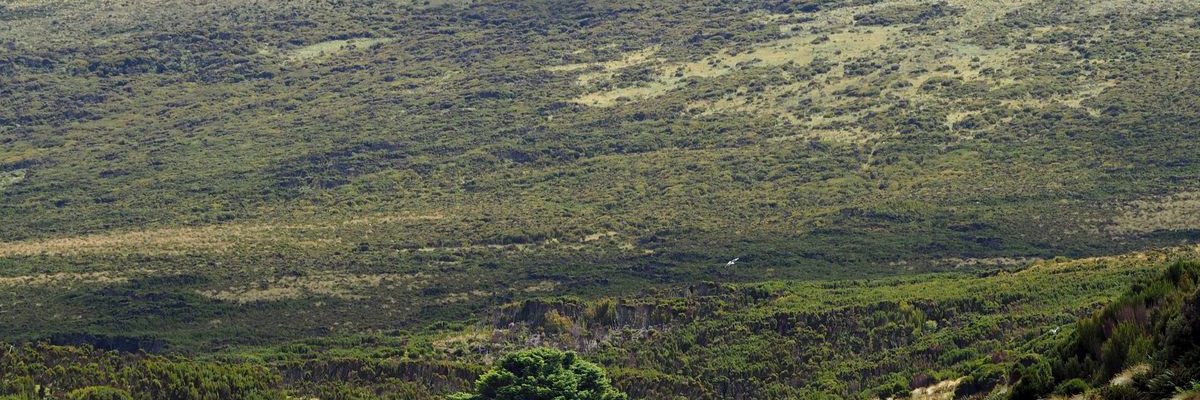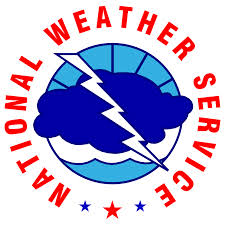-

Atlas Obscura had an interesting article this week about a tree that is located on subantarctic Campbell Island, a Sitka spruce that is 170 miles from the next nearest tree of any species in the Auckland Islands. It looks more like a bush than a conifer, rumor has it, because some previous inhabitants of the…
Posted in: Forests -

The latest 7-day QPF map shows a moderate amount of rain across most of the Southeast. It is raining right now outside my window in Athens, and this rain is likely to continue on and off for a few days. Dry conditions are likely across the region from Wednesday night to Friday night, and then…
Posted in: Climate outlooks -

We’ve just gone through an election with some pretty substantial changes to federal government and many changes at local and state levels as well. The politicians that were elected will be faced with the likelihood of having to put policies and regulations into place that have consequences for impacting climate, either in adapting to or…
Posted in: Climate science -

It’s the eve of another Thanksgiving Day, and I am thankful for all of you readers of my daily blog! I will be eating turkey and watching football this weekend and will take a few days off to enjoy time with family and friends. I hope you do too! I will be back on Sunday…
Posted in: About this blog -

Now that many parts of northern and central Georgia have experienced frost and we have reached November 20, the climatological median date for a freeze in the region, the National Weather Service notes that they are no longer issuing frost/freeze warnings for their forecast area. The idea is that this time of year most plants…
Posted in: Events -

A short course on row crop agriculture will be taught by Alabama Extension folk on December 13 and 14 in Auburn AL. You can get CEUs and Pesticide credits for attending. Hotel rooms must be reserved by November 30. You can read more at https://news.aces.edu/blog/2018/11/12/alabama-row-crops-short-course-set-for-dec-13-14/, where you will also find a link to registration.
-

One of the newer crops that is getting a lot of attention in Georgia is citrus. I’ve worked with several farmers who are looking into satsumas and other cold-hardy varieties to see how well they can do in our state. I was happy to hear from one of my farmers down near Bainbridge in SW…